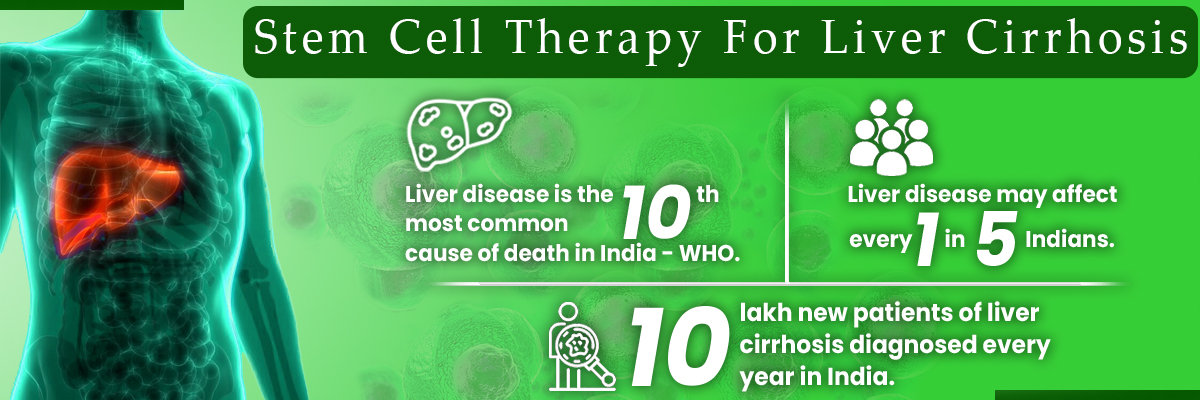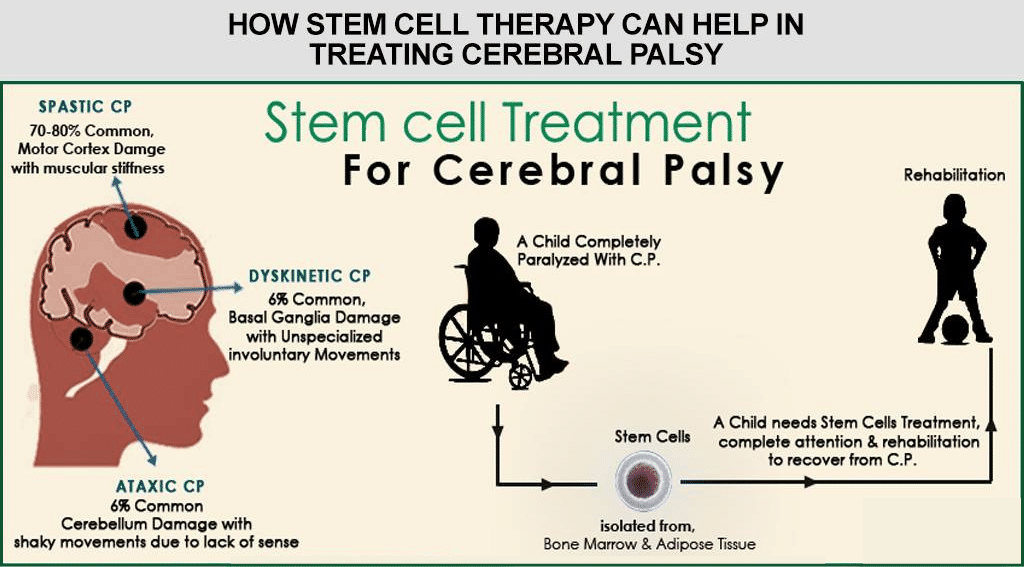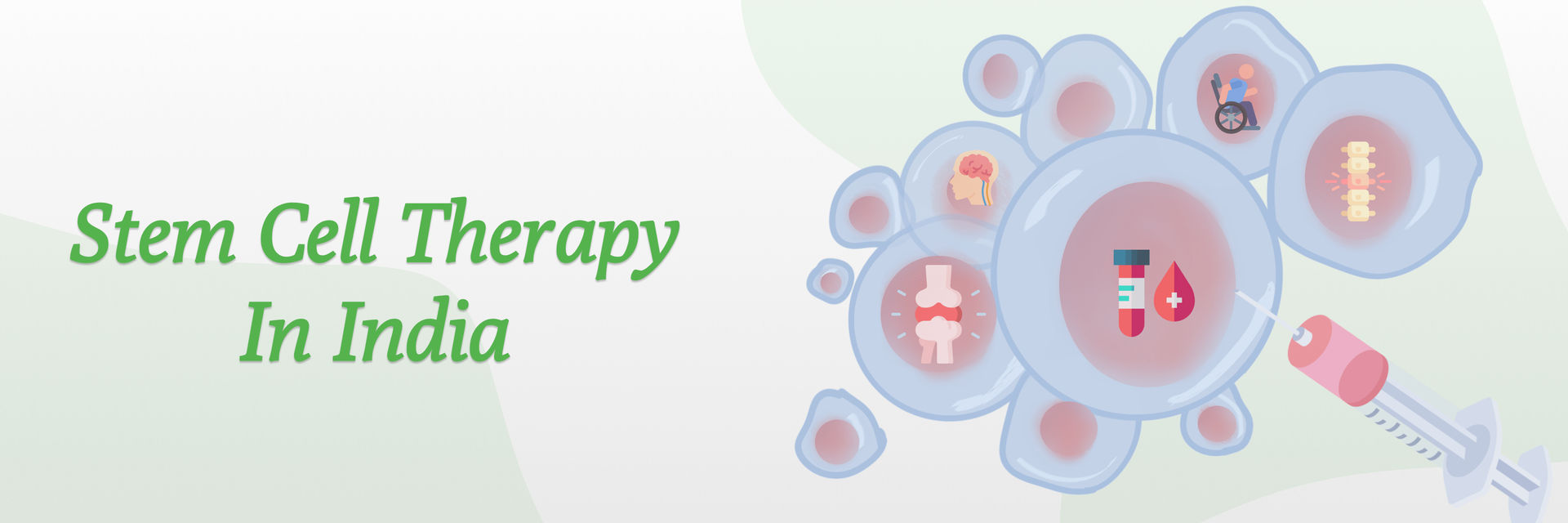Overview
Stem Cell Therapy for Lupus offers renewed hope to over one million people globally, including 1.5 million in the US. Early research shows promising results, with up to 80% of patients experiencing reduced symptoms and improved kidney health. Although still in preliminary stages, this treatment is a major step forward, aiming to restore immune balance and transform lupus care.
Lupus Erythematosus is an autoimmune disease that affects the joints, skin, kidneys, blood cells, brain, heart, and lungs. The cause is unknown but thought to be genetic and environmental.
Dr. Pradeep Mahajan, a leading expert in regenerative medicine, has significantly advanced stem cell therapy for lupus, highlighting its potential to improve patient outcomes and offer new hope for the future.
What symptoms should one look out for?
The usual ones are:

Wondering what symptoms to look out for? Your health is too important to ignore – schedule your appointment now for a thorough evaluation and personalized care.
Lupus Erythematosus has three main types:

There is no particular test to diagnose lupus. It is done by analyzing physical symptoms and diagnostic tests.

To date, there is no cure for this condition. The most common treatment is administering immunosuppressants like corticosteroids.
But this is about to change soon.
Yes, you read that right!
Have you heard of stem cells?
If not, you’re going to learn quite a few things about them in the next few minutes.
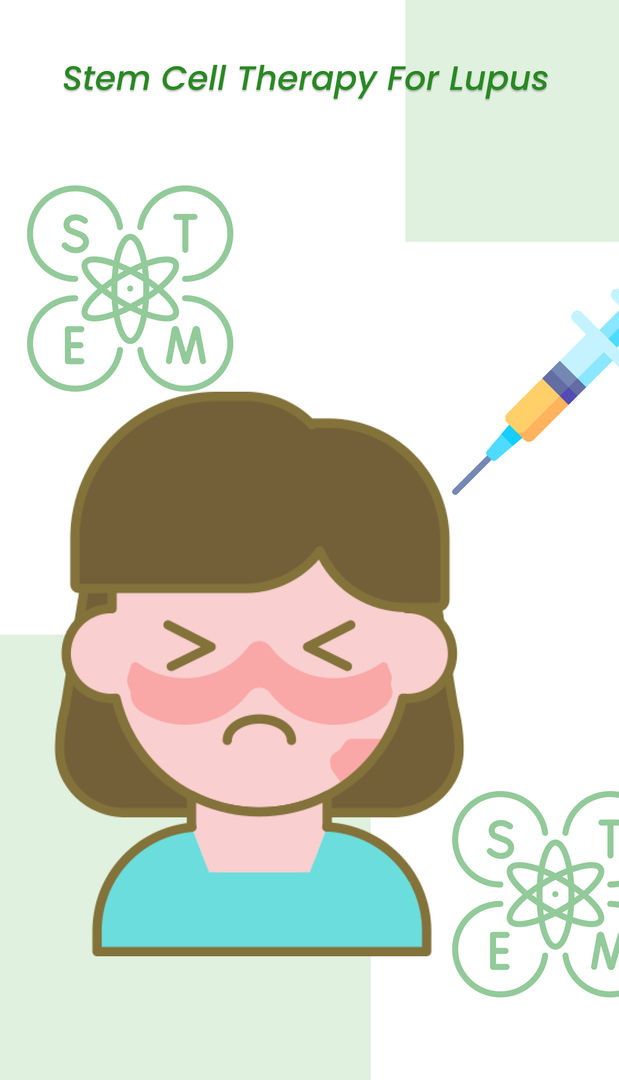
Stem cells are immature cells found in our bodies, which can differentiate into any tissue. In adults, they are found in the bone marrow and the fatty tissue of our abdomen among other places.
What do they have to do with the treatment of lupus though?
Well, stem cell treatment is an exciting new treatment that has been showing immense potential in treating lupus. There is a high possibility that stem cells will cure lupus one day.
Stem cell therapy for lupus is undergoing clinical trials so far. It has helped hundreds of patients who have shown no response to conventional medical techniques. Doctors have been administering this treatment for the past ten years.
It is important to note here that stem cell therapy is not yet FDA-approved.
Bone-marrow-derived mesenchymal stem cells are most used to treat lupus. Umbilical stem cells have also shown good results but are harder to obtain.
Lupus Stem Cell Clinical Trials

Lupus stem cell clinical trials have been going on for over a decade, nearly all of them giving promising results. Over the years, stem cell treatment has been slowly developing to give predictable outcomes.
While researchers still need to observe the long-term results of severe cases, all in all, stem cell treatment looks like it’s here to stay.
Stem Cell Research for Lupus
Since several trials are ongoing around the world, it is difficult to find centralized data on stem cell research for lupus.
One research paper by S Liu et al, which was published in 2018, collated data from eight different clinical trials, involving a total of 213 participants.
They concluded that stem cells significantly reduce the symptoms of lupus. They also discovered reduced levels of protein in urine and increased numbers of complement C3.
Too technical?
These results show an improvement in kidney function and an increase in the number of cells that prevent autoimmune tendencies.
Does Stem Cell Therapy for Lupus Work?
The short answer is, yes it does.
But let’s take the longer route. How does it work?
Stem cells have numerous properties that are beneficial in treating autoimmune diseases like lupus.
Benefits and Risks of Stem Cell Therapy for Lupus
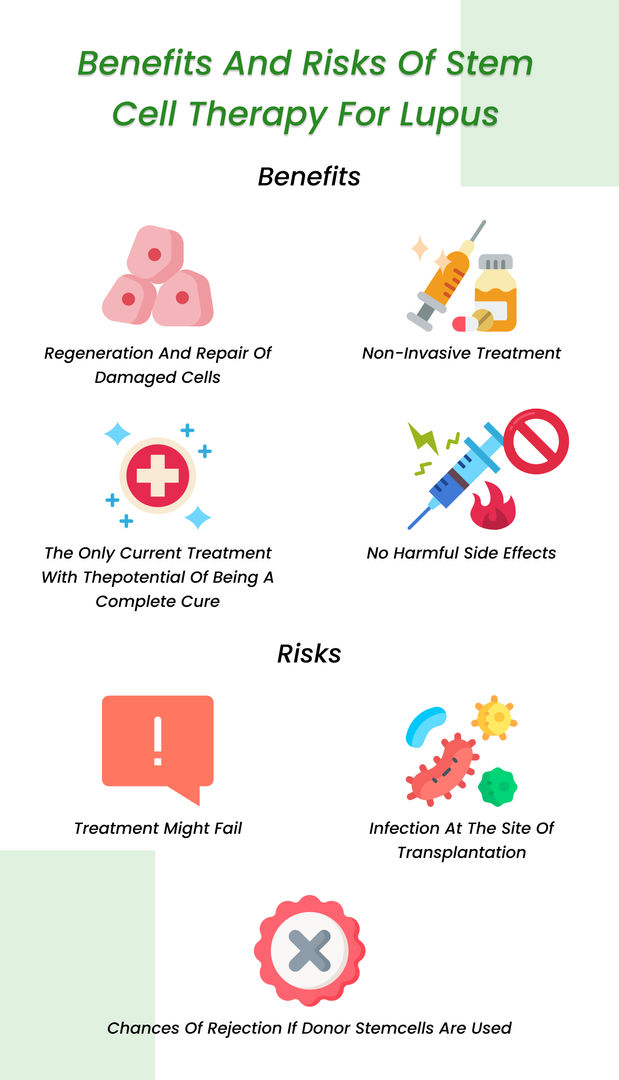
Like every medical treatment, stem cell lupus also has its benefits and risks.
Stem Cell Therapy for Different Types of Lupus
Can stem cell therapy treat all types of lupus?
Yes, it can, but to varying degrees.
Let’s see how stem cell treatment can benefit people with different types of lupus.
| Systemic Lupus Erythematosus Stem Cell Treatment |
|
| Lupus of the skin |
|
| Drug-induced lupus |
|
Eligibility Criteria for Stem Cell Therapy for Lupus
All this information is certainly encouraging, but who is eligible to receive lupus stem cell treatment?
The best person to answer this question is your physician. Each clinical trial has its own set of unique requirements.
However, we have made a list of general criteria:
- Younger patients are preferred in most trials.
- Mild SLE or patients with a recent diagnosis are good candidates.
- You should not have an extensive medical history.
- You should not have received any organ transplant.
Explore Stem Cell Therapy for Various Types of Lupus. Take the first step to recovery – get in touch with us for personalized treatment information and support.
Procedure
Are you biting your nails and wondering if this will be a long-drawn-out, painful procedure?
You can relax.
Stem cell therapy is a simple procedure with three steps.
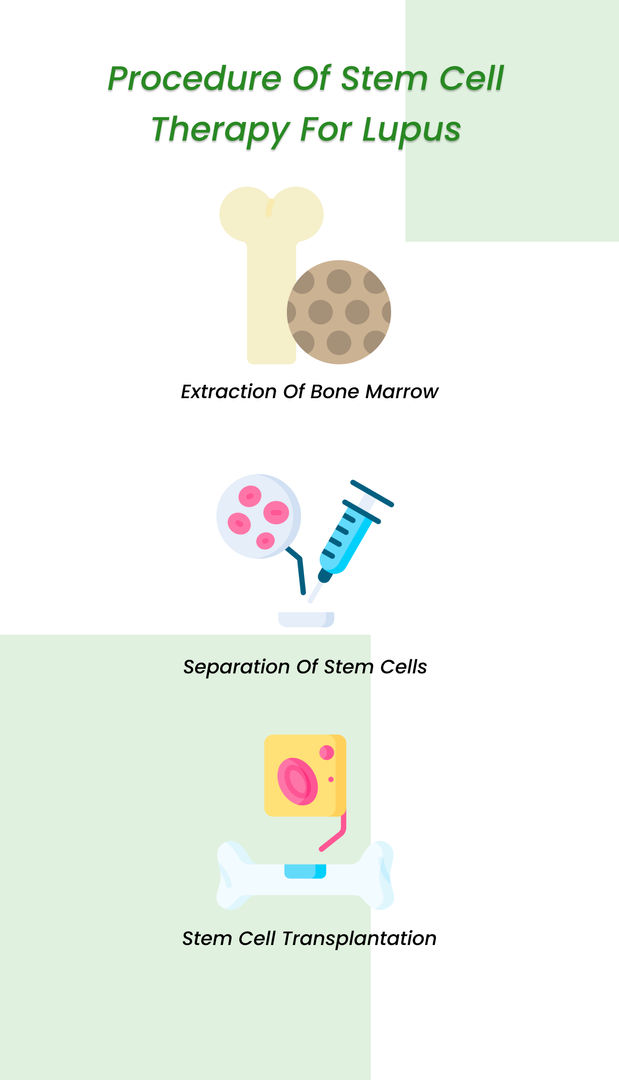
| Step 1: Extraction of Bone Marrow |
|
| Step 2: Separation of Stem Cells |
|
| Step 3: Stem Cell Transplantation |
|
How painful is it, you ask?
Not at all.
You will be given a local anesthetic during the first step, ensuring a pain-free experience.
What to Expect After Stem Cell Therapy for Lupus?
Lupus stem cell therapy has a very short recovery period. You will be discharged one or two days after your procedure. And, you can resume your daily activities in a week.
You don’t have to worry about side effects either. Some patients reported a headache and nausea right after the procedure. However, this clears up in a few hours on its own.
No long-term side effects have been reported by any study ever since human clinical trials have begun. The mortality rate of this treatment is only 0.2%, proving just how safe it is.
Wondering what to expect after Stem Cell Therapy for Lupus? Your well-being is our priority – call us today to book your appointment and receive personalized guidance for your post-treatment journey.
Results

You will begin seeing visible results two or three weeks after a stem cell transplant for lupus.
The stem cells will continue producing healthy new cells for up to a year after your treatment.
The study by S Liu et al noted that nearly 50% of patients continued to be in remission at their six-year follow-up.
So, what results will you see?
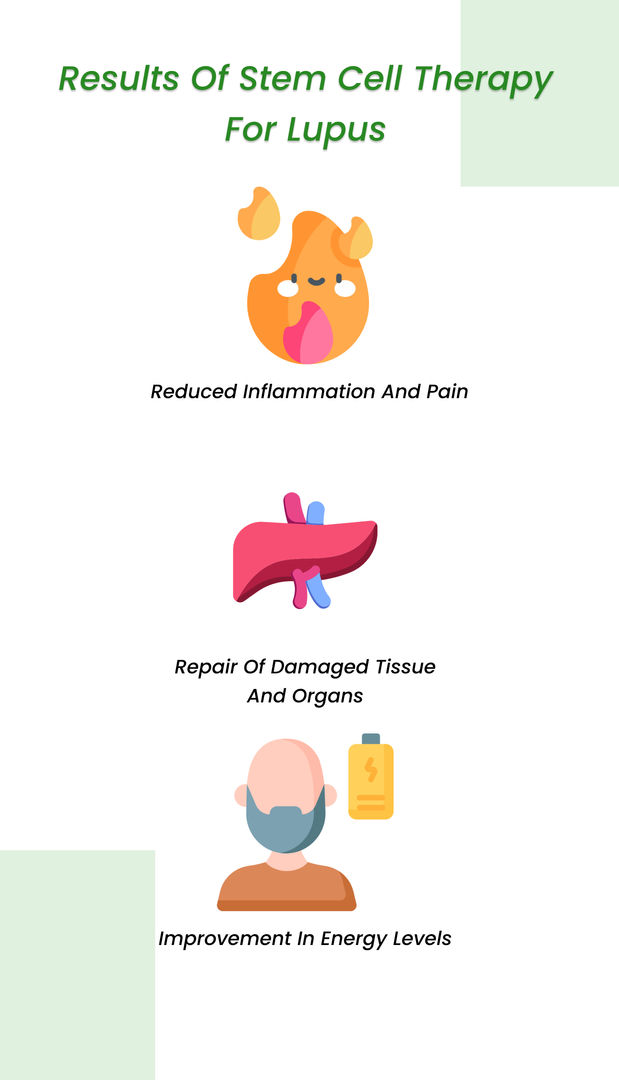
Success Rates of Stem Cell Therapy for Lupus

Let’s answer one of the most crucial questions about stem cell treatment.
What is a successful lupus treatment?
Lupus currently doesn’t have a cure. Our main aim is to have the patient go into remission.
The success rate of stem cell therapy for lupus patients depends on a variety of factors like the severity of the condition, the exposure to environmental factors, and the type of stem cells used.
Nearly 99% of treated patients have displayed a regression or cessation of this condition. However, about 60% of the patients had to undergo a second stem cell cycle after one year.
How Much is Stem Cell Therapy for Lupus cost?
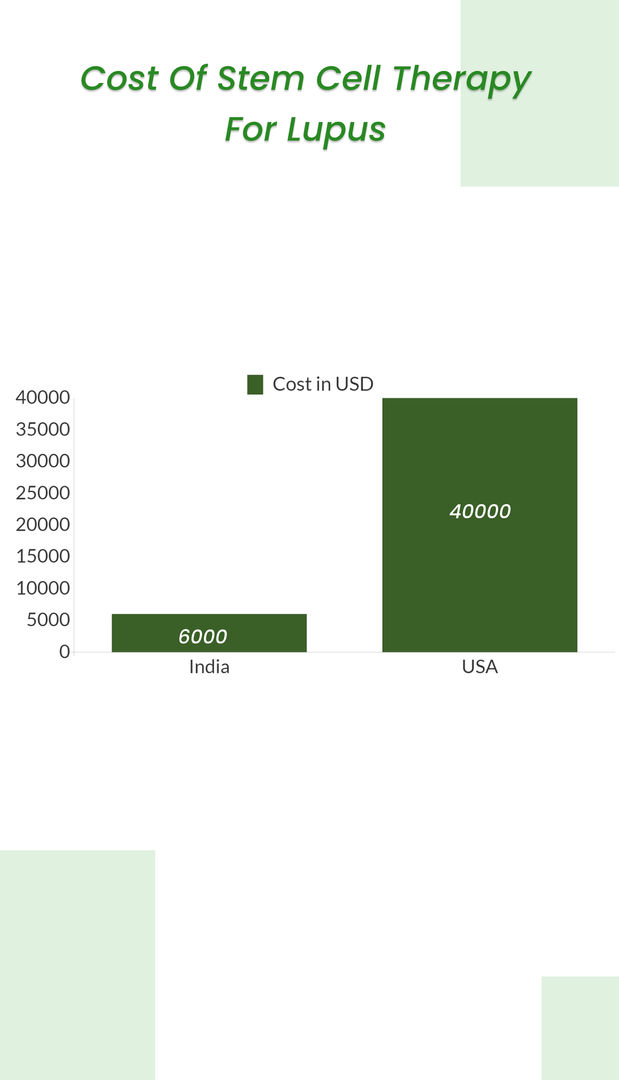
The cost of stem cell therapy depends on different criteria like the facility you choose, the type of stem cells used, and your general medical condition.
So how will stem cell treatment for lupus affect your wallet?
In India, this procedure costs 4000 to 6000 USD, which includes your hospital admission fees.
Stem cell therapy for lupus in the USA will cost you 25,000 to 40,000 USD!
It is important to note that stem cell treatment is currently not covered by any medical insurance, as it is not FDA-approved.
Where Can I Get Stem Cell Therapy for Lupus?
Several countries are conducting stem cell trials for lupus around the world. Some of them are:
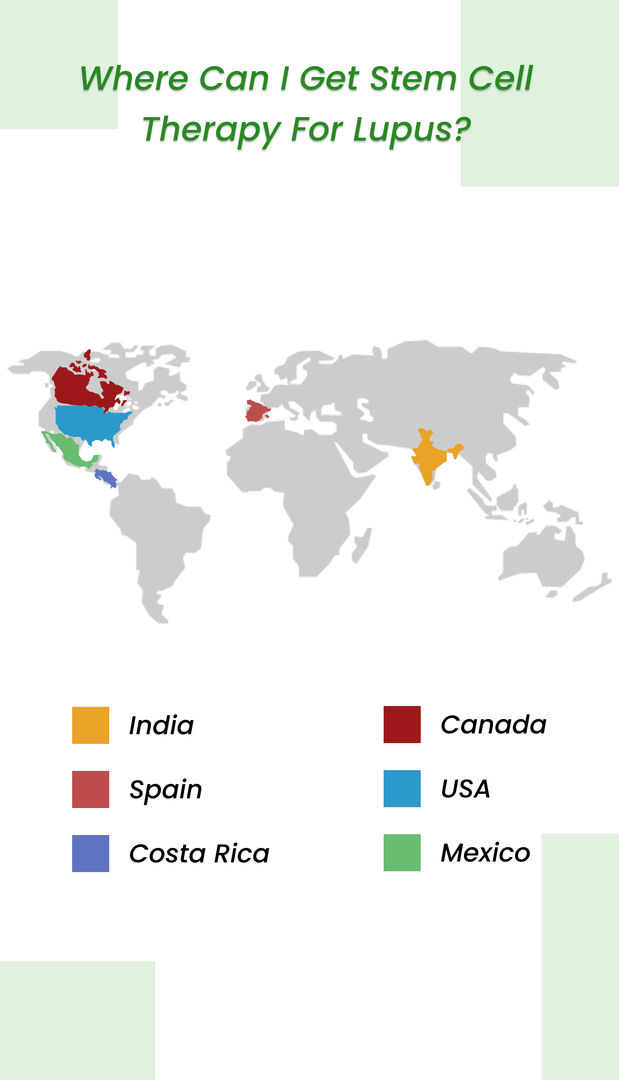
Before you decide where to get your treatment, make sure to check if that facility is registered with their country’s regulatory authority.
Searching for Stem Cell Therapy for Lupus? Your well-being is our priority – call us today to book your appointment and explore treatment options available near you.
Present and Future Scope and Challenges of Stem Cell Therapy for Lupus
This article has probably given you an idea of how promising stem cell treatment is. Of course, certain challenges still need to be addressed.
For example, researchers still need to understand the effect of stem cell treatment on chronic cases. On the bright side, they have already made big strides in the direction of lengthening the remission period.
The day is not far when lupus will have a complete cure.
Something tells us that stem cell therapy is the answer.

